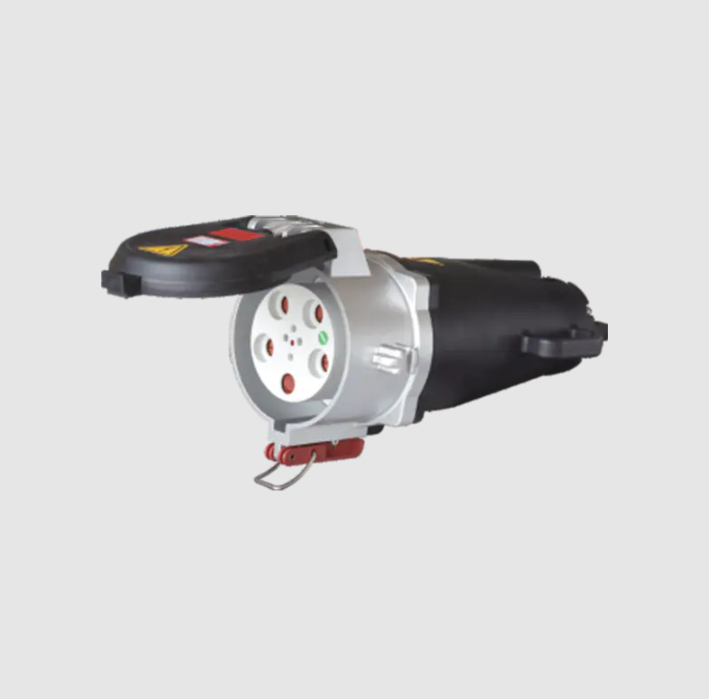Simplifying Electrical Setup with 3-Pin Plug Socket Systems

High Current Plugs And Sockets and 3-Pin Plug Socket assemblies play a crucial role not only in electrical performance but also in the ease of installation and ongoing maintenance. Their structure is designed for repetitive use and efficient handling in industrial environments, where downtime is costly and reliability must remain constant. The simplicity and precision of their design make them compatible with a range of machinery and distribution systems that require secure, high-capacity power connections.

Installation procedures vary depending on current rating and environmental conditions. For portable equipment, plug-and-socket combinations often use a quick-connect locking system that secures the cable in seconds. For fixed installations, screw terminals or crimped connections are applied to ensure a strong bond between conductors and terminals. In both cases, the aim is to create a low-resistance path capable of handling continuous current flow without generating heat stress.
Mounting surfaces and alignment are also critical during setup. An uneven installation surface can cause misalignment, leading to mechanical wear or partial contact over time. Many models integrate guide rails or polarizing keys that ensure correct orientation and prevent mismatched connections.
Maintenance schedules typically include visual inspection, torque checks on terminal screws, and cleaning of contact surfaces. Dust, moisture, or oil contamination can reduce conductivity and cause localized heating. To counter this, some connectors include self-cleaning contacts that scrape oxidation off during each mating cycle. Lubricants formulated for electrical use are sometimes applied to extend the lifespan of contact points and reduce friction.
Replacement and repair processes are equally straightforward. Modular plug designs allow damaged parts, such as pin sleeves or housings, to be replaced individually rather than discarding the entire assembly. This modularity supports sustainable maintenance practices while minimizing costs.
When integrated into power systems with frequent load changes, connectors may also experience thermal expansion. Using flexible mounting brackets and strain relief accessories prevents mechanical stress from transferring to the contact zone. Proper cable routing further reduces bending forces, maintaining long-term integrity.
Maintenance documentation provided by the manufacturer often includes torque values, insulation resistance guidelines, and environmental ratings. Following these specifications ensures consistency and extends service life. It also helps meet inspection requirements in sectors such as power distribution, construction, and transportation.


